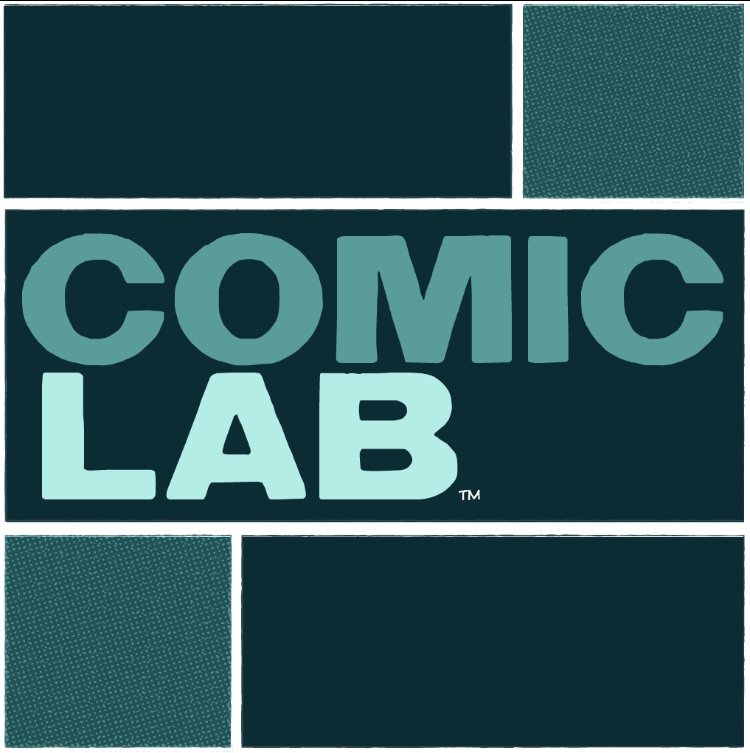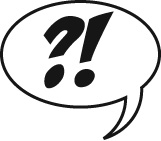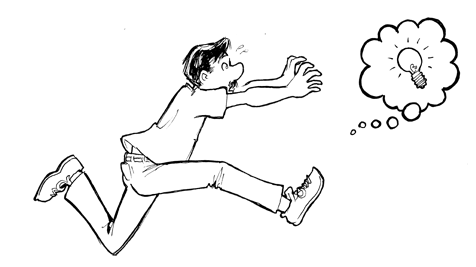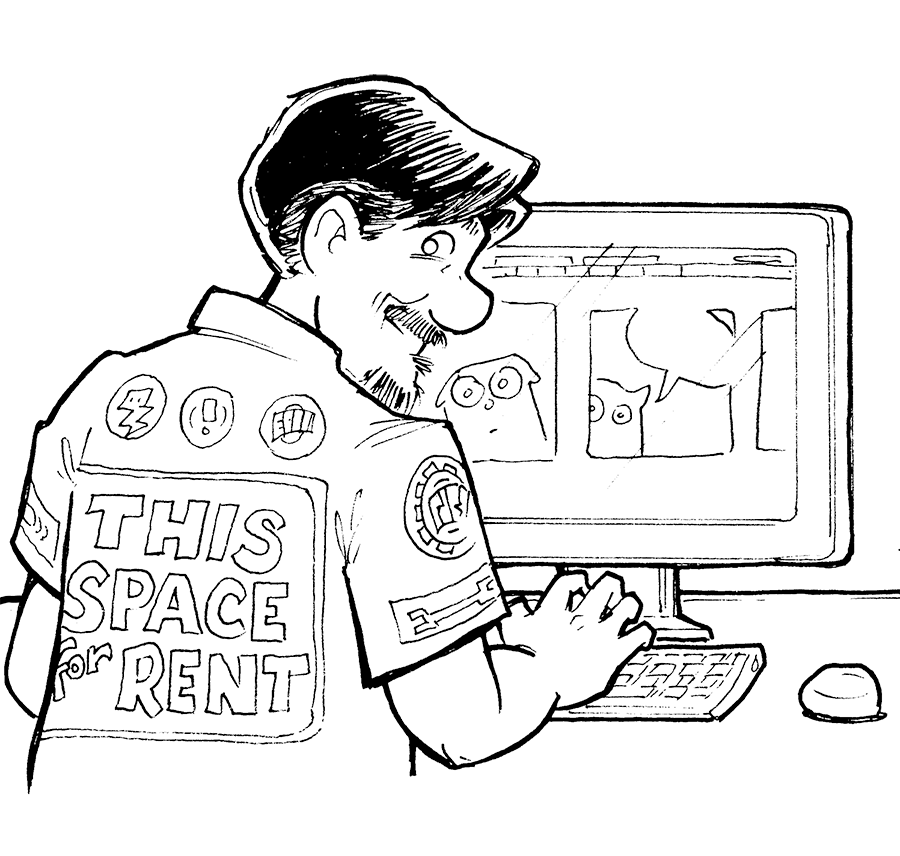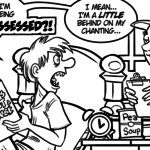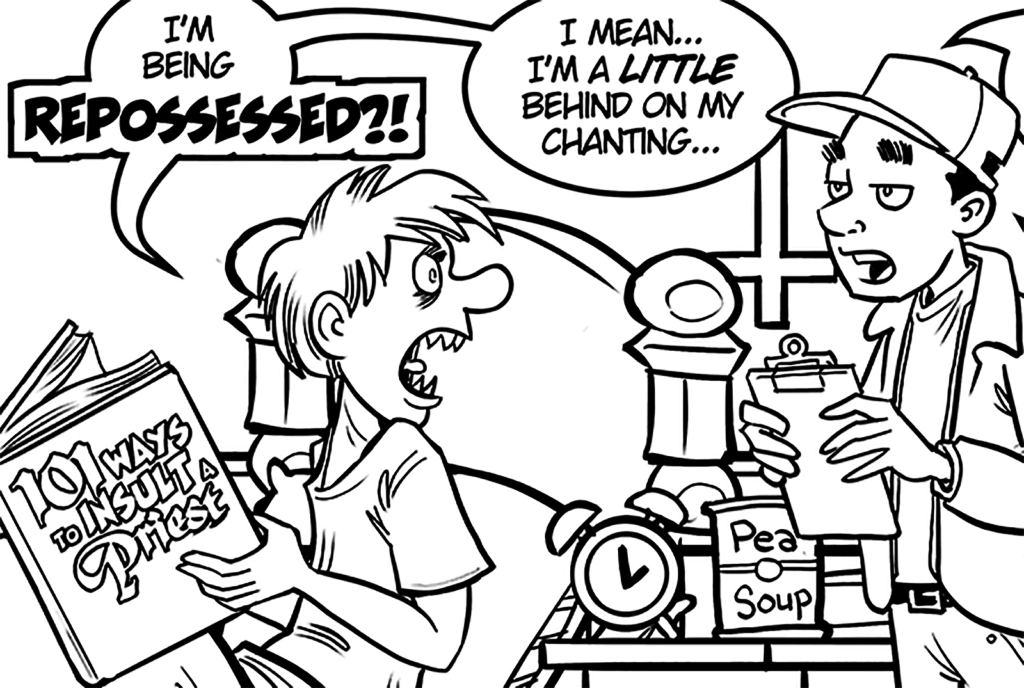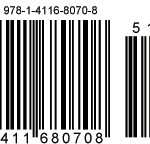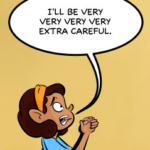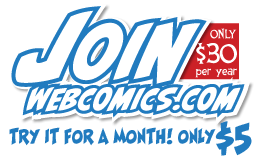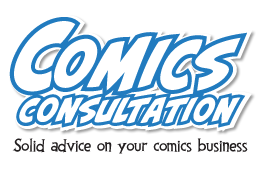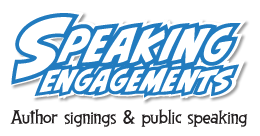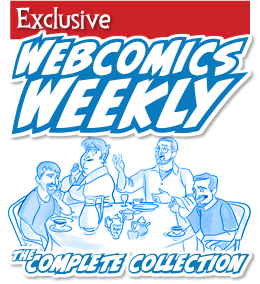 Today we’re going to talk about a sentence that every last one of us have uttered:
Today we’re going to talk about a sentence that every last one of us have uttered:
I really feel like if I could get more people to see the comic they would actually like it…
There’s not a webcartoonist alive who doesn’t feel that way. Heck, I would imagine it applies to any creative profession. It’s one of our very few Universal Sentiments.
But it’s a mindset that misses an important point, and until you understand it, I think it’s going to hold you back.
What I think you’re missing is this: You’re already getting new readers. Every day. The question you should be asking yourself is whether you’re keeping the new readers you do get. And if that answer is no, you have to take a long, hard, objective look at why that is. If you think your comic is good — and if you’re not keeping new readers — then maybe it’s not as good as you think it is.
Quality is #1
Think about it. Every day you’re getting new readers. If they like your comic, they’ll become regular readers. If they don’t like your comic, they won’t.
Let’s do a thought experiment.
Let’s say I gave you a magic wand. With one wave of the wand, you could get a million people to view your site on one given day. On that day — poof! — a million potential readers. If that comic’s not good enough, how many of them are going to stay? How many of them will come back tomorrow? Conventional Wisdom tells us that you’ll get a decent percentage — but for how long? If that next update isn’t very good, you’re going to lose some of those. And unless you’re able to Bring It — with frequency, consistency and significant — on a regular basis, you will have lost most (if not all) of those million in the span of a few months.
Now, what would you say if I told you that you already have that magic wand?
It’s called your Web site. And although it’s not going to deliver that million new readers on one single day, it will deliver them over the course of the next year or two. If you’ve been publishing for a while, it probably already has delivered that many. Maybe more.
Have you kept them? If not… is it the wand’s fault?
I can’t tell you if your comic is good or not… but your traffic will give you some clues. Look at your update days. A high ratio of new visitors coupled with a high bounce rate tells you that you brought new people in the door, and they didn’t find anything there to encourage them to read any further.
And you have to compare both stats. For example, if you have a high ratio of return visitors — coupled with a high bounce rate — that’s an indication that those readers aren’t diving into the archive because they’ve already read that content.
Everything after the quality of the comic itself is secondary. But the two top secondary concerns are Web-site retention and social media.
Web-site retention
Take a moment and look at your site from the perspective of a first-time visitor. Now ask yourself:
Does your Web site retain readers?
Does your site load quickly?
Are you encouraging financial support in the form of sales, Patreon, and so forth?
Do you promote archive storylines?
Do you make it easy to navigate into the archive?
Can new readers find archived material based on their own interests?
Can a new reader easily figure out the concept behind your comic in an About page?
Does your site make it clear that there’s more going on than just that one comic they see?
Does your site make it clear that there are other ways to enjoy your content — books, eBooks, etc.?
In other words, what are you doing to make sure your new readers will come back tomorrow — or at least stick around for a little while longer and become increasingly interested in what you’re doing.
Social media
Now more than ever, reading habits are changing on the Web. That makes social-media outreach on the Web super-important. Readers rely less on bookmarks and RSS feeds — and more on social-media alerts. It’s just something we can’t ignore. I offer tons and tons and tons of tutorials and advice on this site to help members do their social media outreach better.
But as important as it is to have a healthy social-media presence, it’s absolutely crucial to make it easy for people to use social media to tell their friends about your comic. That’s why I always advocate having “share” buttons under the comic. Having buttons on your site that lead to your social-media pages isn’t nearly as important as having buttons on your site that enable readers to share your work.
If you’re not doing this, I think you’re making a very big mistake.
The rest?
Message boards are becoming less and less important (from a promotions standpoint) and paid advertising…? You have to put an awful lot of time and energy into making this a worthwhile investment of time and energy. Otherwise, it’s a gamble. Now that we’ve passed the tipping point in the use of ad blockers, it’s a complete waste of time and energy.
No easy answers
And that’s just the problem. It’s not a question of installing one simple plug-in on your site. And it’s not a question of improving a single punchline or story beat. It’s doing all of that — plus social media, plus a whole lot more — and doing it tomorrow, too, and the day after that… It’s an ongoing struggle. Next chance you get, ask a creative pro who you think has “made it,” and ask him or her what they did to get to that point.
Nine-chances-out-of-ten, they’ll tell you that they’ll let you know as soon as they get there.
